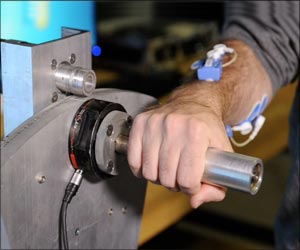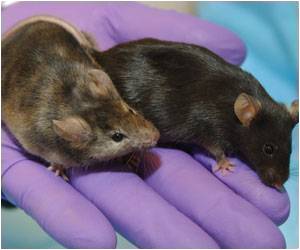The neck joint of a common American field ant can withstand pressures up to 5,000 times the ant's weight, suggest scientists.

They imaged ants with electron microscopy and X-rayed them with micro-computed tomography (micro-CT) machines. They placed the ants in a refrigerator to anesthetize them, then glued them face-down in a specially designed centrifuge to measure the force necessary to deform the neck and eventually rupture the head from the body.
The centrifuge worked on the same principle as a common carnival ride called "the rotor." In the rotor, a circular room spins until centrifugal force pins people to the wall and the floor drops out. In the case of the ants, their heads were glued in place on the floor of the centrifuge, so that as it spun, the ants' bodies would be pulled outward until their necks ruptured.
The centrifuge spun up to hundreds of rotations per second, each increase in speed exerting more outward force on the ant. At forces corresponding to 350 times the ants' body weight, the neck joint began to stretch and the body lengthened.
The ants' necks ruptured at forces of 3,400-5,000 times their average body weight.
Micro-CT scans revealed the soft tissue structure of the neck and its connection to the hard exoskeleton of the head and body. Electron microscopy images revealed that each part of the head-neck-chest joint was covered in a different texture, with structures that looked like bumps or hairs extending from different locations.
Advertisement
Source-ANI







